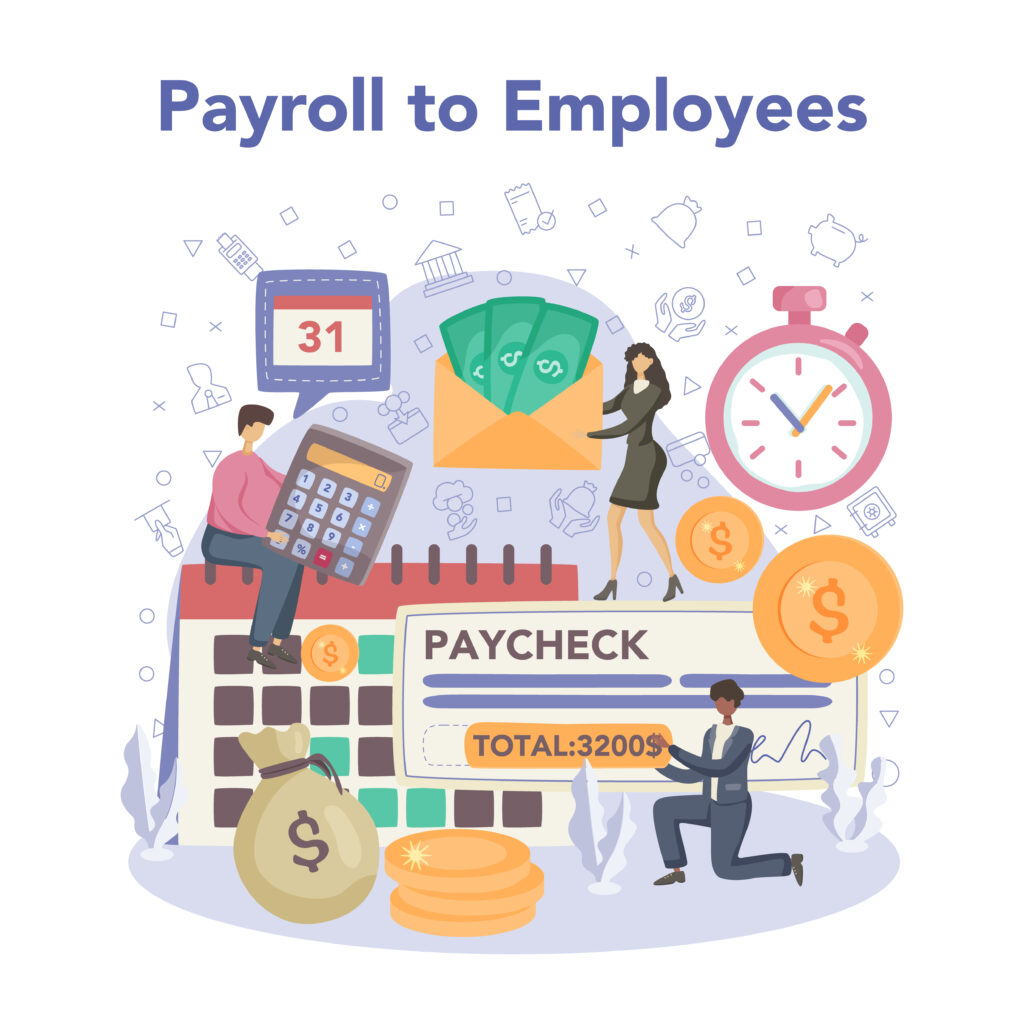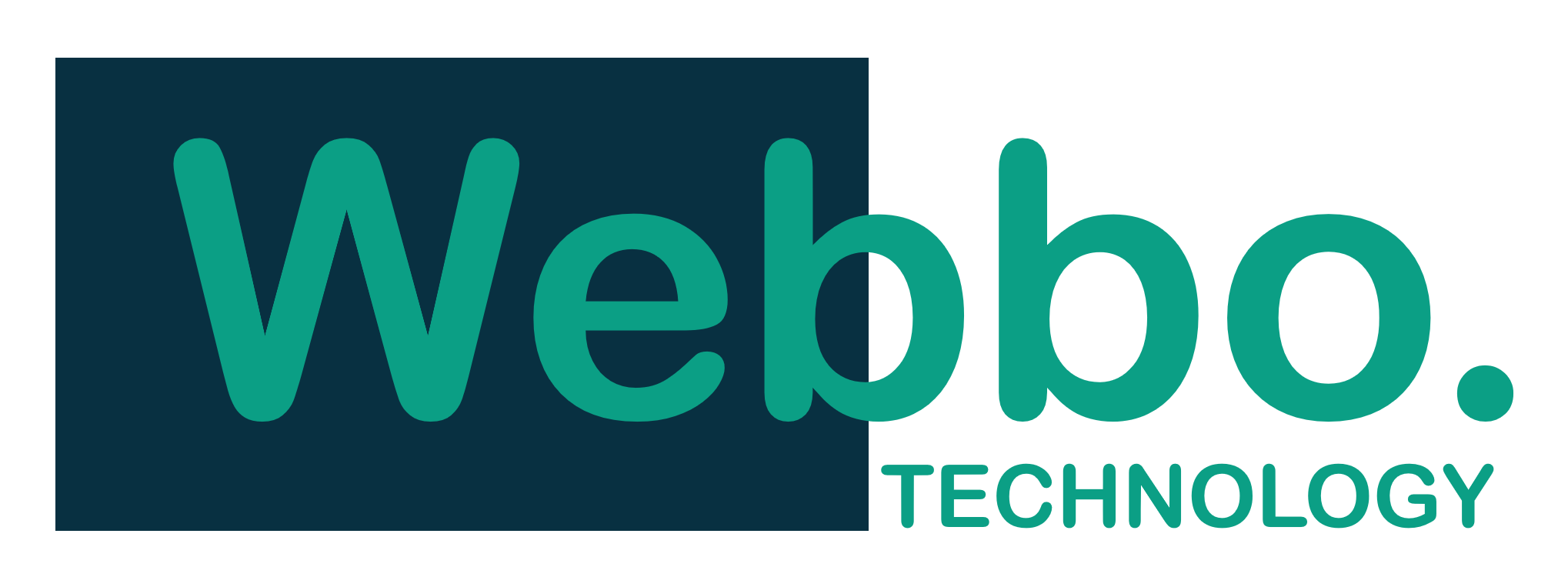HR and Payroll

Human Resource Management
The hallmark of a growing company is its people. As Spindl flourishes, what started as a small team led by Saf and Mel begins growing. This inevitably leads them to wonder if it’s time to expand their existing Human Resources department. As is the case with most areas in a growing organization, managing human resources is neither simple nor straightforward. Providing quality support to their employees goes hand-in-hand with managing many technical processes. It’s important not just to have a good team of people, but also a system that works well. To assist with the latter, Saf and Mel turn to their ERP expert, Lyn.
Why use ERP for human resource management?
Managing your team efficiently is key to ensuring success for your business. This requires you to enable them to do their work in the best way possible, by equipping them with the right tools and systems. With an HRM module for your ERP, you can cover various tasks and processes that are linked to administering a team of co-workers or employees. It allows you to keep track of various employee-relation functions, such as:
1. Recruitment
2. Leave management
3. Lifecycle
4. Payroll
5. Expense claims
6. Attendance
The most widely used feature is payroll processing and generating salary slips. Most countries have complex tax rules which state the expenses the company can make on behalf of its employees (e.g., social security, taxes). All of this is taken into account in an HRM/ERP software.
Breaking down the workflow
Let’s first take a look at some concepts and how they function in Human Resource Management!
Employee
An individual who works part-time or full-time under a contract of employment, and has recognized rights and duties of your company is considered an employee. While storing employee data in an ERP, you can include personal details, demographics, joining and leave details, type of employment (e.g., intern, contractor, full-time, part-time, probation, etc.), department, designation, branch, etc. Along with this, details regarding the employee’s salary payment, leave policy, previous work experience are also stored. Moreover, if your company provides health insurance to employees, details regarding it can also be stored within the system. This helps keep track of the insurance plan that the employee is on. Upon an employee’s departure from the company, exit details such as their resignation, exit interview, and
leave encashment can also be documented.
Recruitment
Planning your workforce
There are many moving parts when it comes to the recruitment of new employees. For this process, an HRM system helps you create staffing plans, which help you plan manpower requirements for your company. You can enter budgeting, vacancies, estimated cost per position, number of positions, etc. while creating a staffing plan.
The hiring process
When there is a job vacancy in your company, it usually goes through this process:
1. You put out a job opening, people find it.
2. Those who are interested apply for the job (sometimes maybe another employee refers them
to you!).
3. Interviews are conducted.
4. Once you’ve selected someone, you give them a job offer (this states the offered salary
package, designation, grade, department, number of leave days, etc.).
5. If they accept, then they’re given an appointment letter!
With an ERP, you can keep track of each of these individual steps by creating records in the HRM
module for them.
Leave Management
Everyone needs time off. Managing leaves using an ERP enables you to efficiently maintain The leave
schedule of your organization. The number and type of leaves an employee can request using
a leave application are controlled by their individual leave allocation for a leave period based on the
company’s leave policy.
Types of Leaves and Leave Encashment
Leaves Can be categorized using leave types, each of which can have their own set of guidelines:
1. What are the maximum leaves allowed?
2. How many continuous days of leave are allowed?
3. Do the leaves carry forward?
4. Is the leave considered leave-without-pay?
5. Is the leave optional?
6. Does the leave allow for negative leave balance?
7. Does the leave type include holidays within the leave?
8. Is it compensatory?
Accumulated leaves allow employees to use leave encashment, which is an amount of money received by an employee for leaves that were left unused by them.
